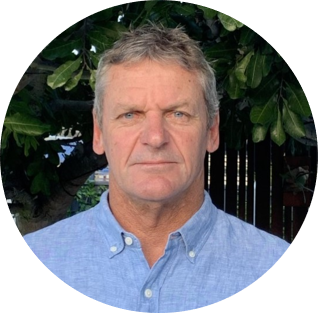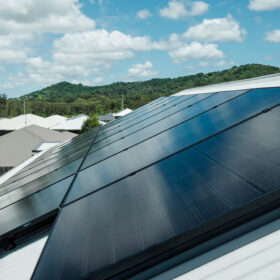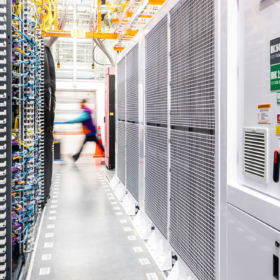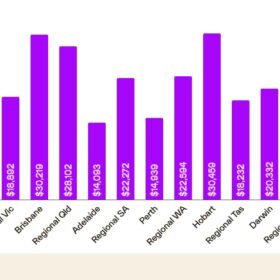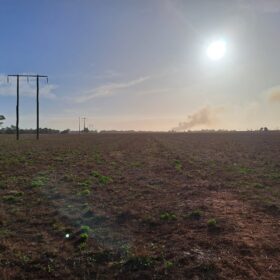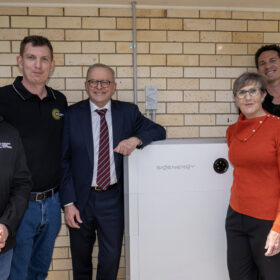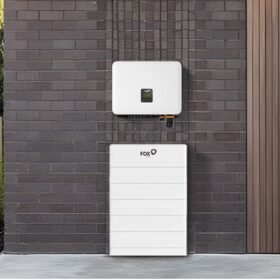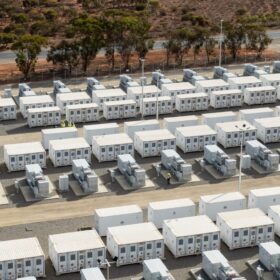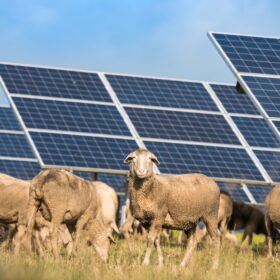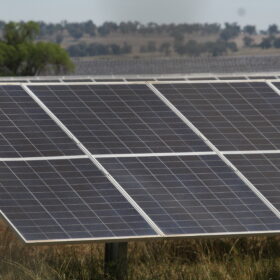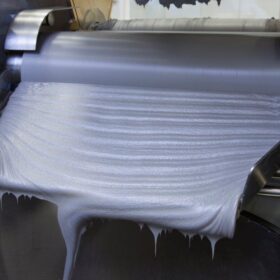TW Solar introduces full-black module for Australian rooftop market
China-headquartered PV cell and module manufacturer TW Solar has introduced into the Australian market a “full black” n-type solar panel featuring an output of 470 W and a power conversion efficiency of 23.5%.
Dealing with demands of power-hungry data centres
The Australian Energy Market Operator estimates data centres will consume 6% of Australia’s grid-supplied electricity by 2030. To put that in context, that’s more than the current share of Australia’s healthcare and social assistance industry. The power-hungry nature of these facilities presents major problems for the energy grid.
Rooftop solar commands price premium in property markets
Australian homes equipped with solar systems are commanding a price premium with new data showing they are valued at up to $31,350 more than similar properties without PV installations when it comes time to sell.
ACEnergy gets planning approval for 1.1 GWh battery project
Australian renewables developer ACEnergy has won approval from the New South Wales Independent Planning Commission for a 250 MW / 1,100 MWh battery energy storage system to be built in the state’s southwest.
Batteries now key fixture of Australia’s decarbonisation roadmap
Millions of Australian households with rooftop solar are now rapidly adding batteries to maximise their generation and regain control over escalating power bills. This is energy democracy in action, with batteries becoming a key fixture of Australia’s decarbonisation roadmap.
Fox ESS stackable battery system now available in Australia
Chinese energy technology manufacturer Fox ESS has launched a modular battery system for both residential and commercial applications in Australia that can be scaled from 4.66 kWh capacity up to 41.93 kWh.
Epic battery begins full operations in South Australia
Another big battery has joined South Australia’s energy mix with Epic Energy announcing that its 200 MWh Mannum battery energy storage system is now fully operational.
EDP to fast-track 1.7 GW of solar and storage in eastern states
Global clean energy major EDP Renewables plans to accelerate the development of more than 1.7 GW of solar and battery storage in Australia after securing support under the federal government’s Capacity Investment Scheme.
Australian researchers achieve 27.06% efficiency with triple-junction perovskite solar cell
A team of researchers led by the University of Sydney has fabricated a triple-junction perovskite-perovskite-silicon tandem solar cell that achieved a power conversion efficiency of up to 27.06% and set new standards for thermal stability.
Potentia lands IPC approval for 1 GW solar and battery project
The 1 GW Tallawang solar and battery hybrid project being developed in central west New South Wales has secured final state planning approval after being forced to an independent tribunal after attracting more than 50 objections.
